The YA author Caroline Green left a comment on one of my recent drawings to the effect that she wishes she could draw. In later comments she admitted to drawing more in the past, but that she now can’t find the inspiration or motivation. I suspect a lot of people feel like that.
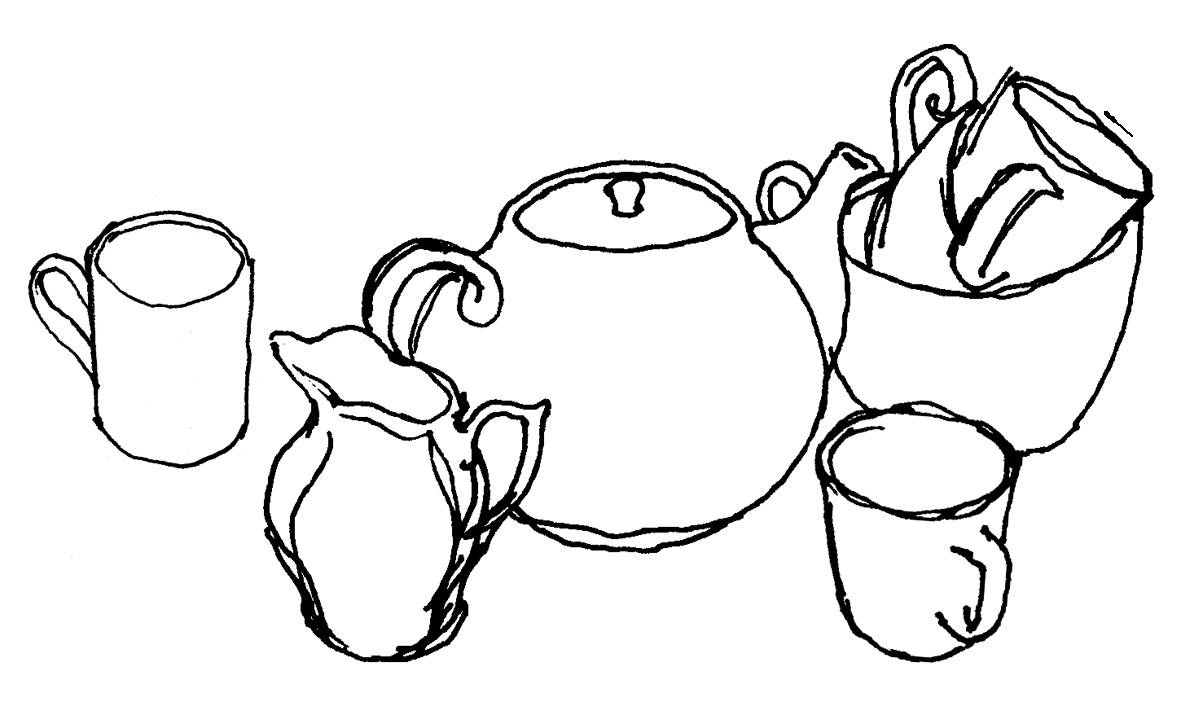 The standard response from those who draw all the time is to say, ‘oh, come on – anyone can draw!’, but I won’t say that. I’ve been on the receiving end of ‘anyone can dance!’ and ‘anyone can sing!’ often enough to know how annoying that can be. And yet, it remains true that anyone capable of making a mark is able to draw something, and anyone who practices will improve. So I suppose the best thing to say would be ‘anyone can try’. And in case anyone reading this wants to try, here are five steps to getting started.
The standard response from those who draw all the time is to say, ‘oh, come on – anyone can draw!’, but I won’t say that. I’ve been on the receiving end of ‘anyone can dance!’ and ‘anyone can sing!’ often enough to know how annoying that can be. And yet, it remains true that anyone capable of making a mark is able to draw something, and anyone who practices will improve. So I suppose the best thing to say would be ‘anyone can try’. And in case anyone reading this wants to try, here are five steps to getting started.
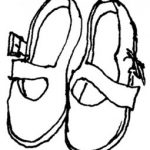 Buy a cheapish, blank, hardback notebook. Not an expensive sketchbook, because that can be intimidating. Make sure the paper isn’t too smooth, but also not too absorbent. Ideally the book will fit in your pocket or bag, but still be big enough to accept your whole hand. Decide to draw in it regularly, in the same way you might decide to sing in the bath or dance about when you are on your own (as I, er, believe some people do). It’s private, that’s the point.
Buy a cheapish, blank, hardback notebook. Not an expensive sketchbook, because that can be intimidating. Make sure the paper isn’t too smooth, but also not too absorbent. Ideally the book will fit in your pocket or bag, but still be big enough to accept your whole hand. Decide to draw in it regularly, in the same way you might decide to sing in the bath or dance about when you are on your own (as I, er, believe some people do). It’s private, that’s the point.
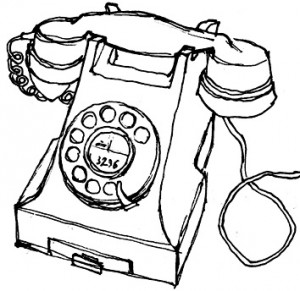 Choose something to draw with. Don’t automatically reach for an HB pencil (though if you do, make sure you sharpen it with a knife) — a pen would be better. Biros are great for sketching with, but a thin fibre-tip pen might be best of all. A fibre-tip will force you to be decisive. Whatever you choose, though, make sure you are comfortable with it. Attach it to the book with a rubber band.
Choose something to draw with. Don’t automatically reach for an HB pencil (though if you do, make sure you sharpen it with a knife) — a pen would be better. Biros are great for sketching with, but a thin fibre-tip pen might be best of all. A fibre-tip will force you to be decisive. Whatever you choose, though, make sure you are comfortable with it. Attach it to the book with a rubber band.
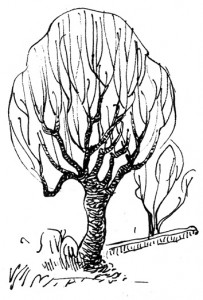 Scribble all over the first few pages. This isn’t just a gimmick, it’s a great way to break down inhibitions. But while you’re scribbling, explore the way your pen makes marks, and enjoy trying to vary the line. Also try holding the pen at different angles. Try not resting the heel of your hand on the book at all. Try anything that occurs. Remember you were a child once. If the book is still pristine after all this, you’ll probably need to scribble some more.
Scribble all over the first few pages. This isn’t just a gimmick, it’s a great way to break down inhibitions. But while you’re scribbling, explore the way your pen makes marks, and enjoy trying to vary the line. Also try holding the pen at different angles. Try not resting the heel of your hand on the book at all. Try anything that occurs. Remember you were a child once. If the book is still pristine after all this, you’ll probably need to scribble some more.
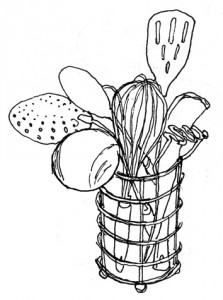 Try drawing things around you. Pick simple things with volume – ornaments, shoes, pots and pans. Don’t worry about the result, just think about the shape of the object and the marks you are making in response. Use as few lines as possible, and make them quick lines too, and do it again and again till the pages are covered in ‘goes’, even little ones in the corners. When a cup gets boring (and it will), move on to the toaster. Don’t draw anything from the imagination, but…
Try drawing things around you. Pick simple things with volume – ornaments, shoes, pots and pans. Don’t worry about the result, just think about the shape of the object and the marks you are making in response. Use as few lines as possible, and make them quick lines too, and do it again and again till the pages are covered in ‘goes’, even little ones in the corners. When a cup gets boring (and it will), move on to the toaster. Don’t draw anything from the imagination, but…
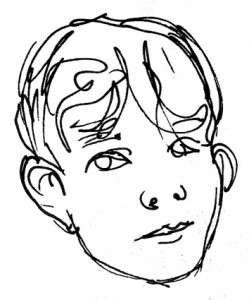 …remember that you are not a camera (Christopher Isherwood notwithstanding). You aren’t copying what you see, you are drawing it. For this reason you won’t make any mistakes (so don’t even think about rubbing anything out). If you decide what you are doing isn’t ‘right’, just start again – what does it matter? None of the drawings will be ‘right’ anyway, but then none of them will be ‘wrong’ either. They’ll just be drawings. If this sounds unlikely to you, you might need to repeat step three.
…remember that you are not a camera (Christopher Isherwood notwithstanding). You aren’t copying what you see, you are drawing it. For this reason you won’t make any mistakes (so don’t even think about rubbing anything out). If you decide what you are doing isn’t ‘right’, just start again – what does it matter? None of the drawings will be ‘right’ anyway, but then none of them will be ‘wrong’ either. They’ll just be drawings. If this sounds unlikely to you, you might need to repeat step three.
When the book is full chuck it in the recycling bin. Or not. If you want to show it to someone then fine, but don’t feel the need to. I can’t guarantee you’ll be sketching like Leonardo by then, but several things will be true: you will have explored mark-making far more than most people do in adult life, you will have created a private pen-and-ink world of your own that you might not want to leave, and you will have filled a book with increasingly confident drawing. What happens next is down to you.

Thanks for this. I’ve spent a lifetime saying ‘Oh I can’t draw!’ and in one post you’ve reminded me that, actually, I used to enjoy drawing, that my old Art Teacher wanted me in his class because he thought I had a talent.
I like the blog. And I’m liking the sound of your Dan novellas.
Thanks for commenting, Yvonne. Yes, an encouraging teacher can make all the difference. I hope you try again.